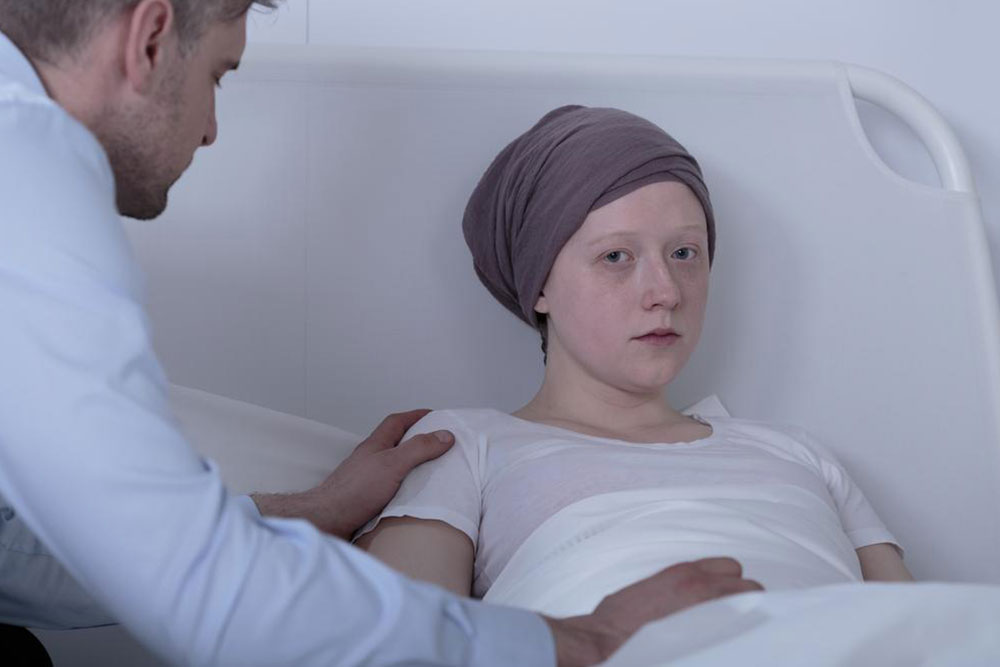Understanding Multiple Myeloma: Causes, Symptoms, and Treatment Options
Discover comprehensive insights into multiple myeloma, including its causes, symptoms, risk factors, potential complications, and available treatment options. Learn how this blood cancer affects the body and the latest approaches to managing the disease effectively. An essential resource for patients, caregivers, and healthcare professionals seeking understanding and guidance.

Understanding Multiple Myeloma: Causes, Symptoms, and Treatment Options
Multiple myeloma is a cancer that emerges when abnormal plasma cells multiply within the bone marrow, overshadowing healthy blood cells. Instead of producing normal antibodies, these cancerous cells create abnormal proteins that can lead to serious health issues. Various treatment methods are available to manage this condition effectively.
Causes
Myeloma originates from a single faulty plasma cell in the bone marrow—a soft tissue crucial for blood production. This abnormal cell rapidly multiplies, but the exact cause of myeloma remains unknown. Unlike normal cells that mature and die, cancer cells persist and accumulate, disrupting healthy blood cell production. The excess cancer cells crowd out normal white blood cells, weakening immunity and causing fatigue. They also produce defective antibodies called M proteins, which can damage organs like the kidneys and increase fracture risk.
Early stages of multiple myeloma typically show no symptoms. As the disease progresses, signs vary among individuals and may include:
Bone pain in the spine or chest
Confusion or cognitive issues
Constipation
Extreme thirst
Persistent fatigue
Frequent infections
Loss of appetite
Nausea
Numbness or weakness in legs
Unintentional weight loss
Regarding prognosis, studies suggest that with consistent treatment, the average survival period is around four years, though some patients may live beyond a decade.
Factors increasing the risk of developing myeloma include:
Age: Most diagnoses occur in individuals in their 60s and above.
Gender: Men have a higher likelihood than women.
Race: Black populations are about twice as prone compared to white populations.
Genetics: Having an affected family member raises risk.
History of MGUS: About 1% of individuals with Monoclonal Gammopathy of Undetermined Significance (MGUS) develop myeloma each year.
Potential complications involve bone deterioration, increased infection risk, anemia, and kidney issues due to M protein buildup and bone damage.
Treatment strategies depend on the disease stage. Common approaches include:
Bisphosphonates: Used to strengthen bones and prevent fractures.
Chemotherapy: Utilizing anti-cancer drugs to control or eliminate cancer cells.
Plasmapheresis: Removing abnormal proteins from the blood.
Radiation therapy: Targeting and destroying malignant cells.
Stem cell transplant: Restoring healthy blood cell production through infusion of stem cells.
Surgery: Removing localized tumors or affected tissue, mostly in early stages.










